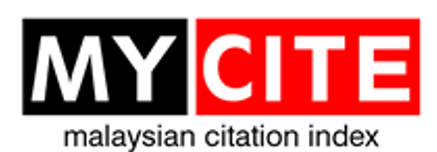The Chemotaxonomic Identification Using Structure Types of Secondary Metabolites and Their Bioactivities of Bornean Litophyton arboreum
DOI:
https://doi.org/10.51200/jtbc.v19i.3938Keywords:
Soft coral, Litophyton arboreum, Sesquiterpene, Chemotaxonomy, Antifungal activityAbstract
The structure types and bioactivities of secondary metabolites derived from Litophyton arboreum, distributed in Sepanggar Bay, Sabah, Malaysia, were investigated as additional tools for establishing their species identification. As a result, a total of two secondary metabolites (alismol (1) and 10α-methoxy-4β-hydroxy guaian-6-ene (2)) were isolated from Bornean soft coral L. arboreum. Their structures were elucidated based on spectroscopic data analysis and the antifungal activities of compounds 1 and 2 were determined. In addition, the compound 2 showed highest antifungal activity against Haliphthoros milfordensis. As a result of comparison with previous literature, significant variations were observed in relation to structure types of secondary metabolites and bioactivities. Information from this study gives additional evidence of chemotaxonomic significance and baseline data for effective selection of suitable lead pharmaceuticals.Downloads
Published
2022-10-15
How to Cite
Tani, K. ., & Vairappan, C. S. . (2022). The Chemotaxonomic Identification Using Structure Types of Secondary Metabolites and Their Bioactivities of Bornean Litophyton arboreum . Journal of Tropical Biology & Conservation (JTBC), 19, 67–76. https://doi.org/10.51200/jtbc.v19i.3938
Issue
Section
Articles
License
BY: credit must be given to the creator.
NC: Only noncommercial uses of the work are permitted.
This journal provides open access to its content under CC BY-NC 4.0 on the principle that making research freely available to the public supports greater international collaboration and information exchange.












